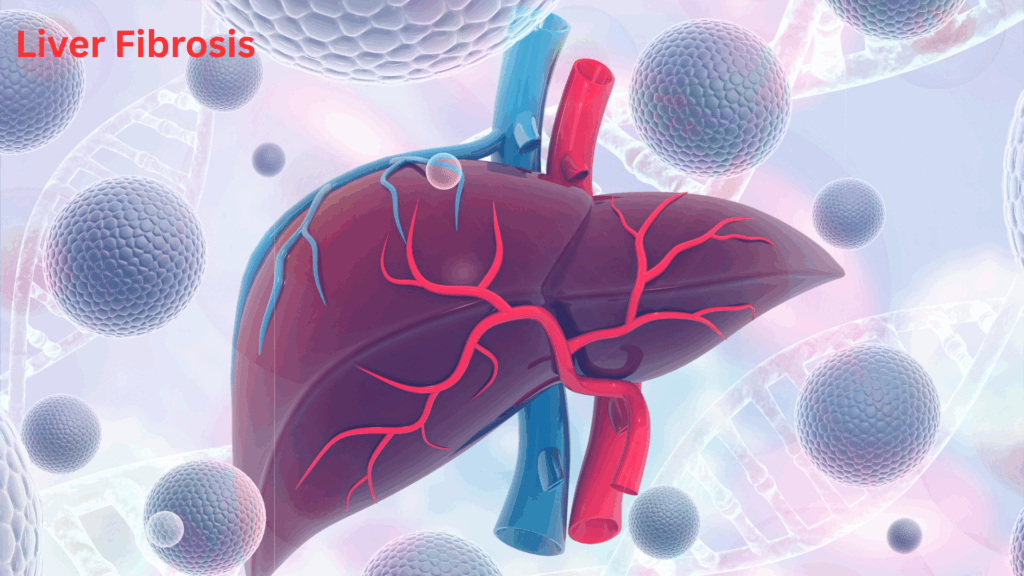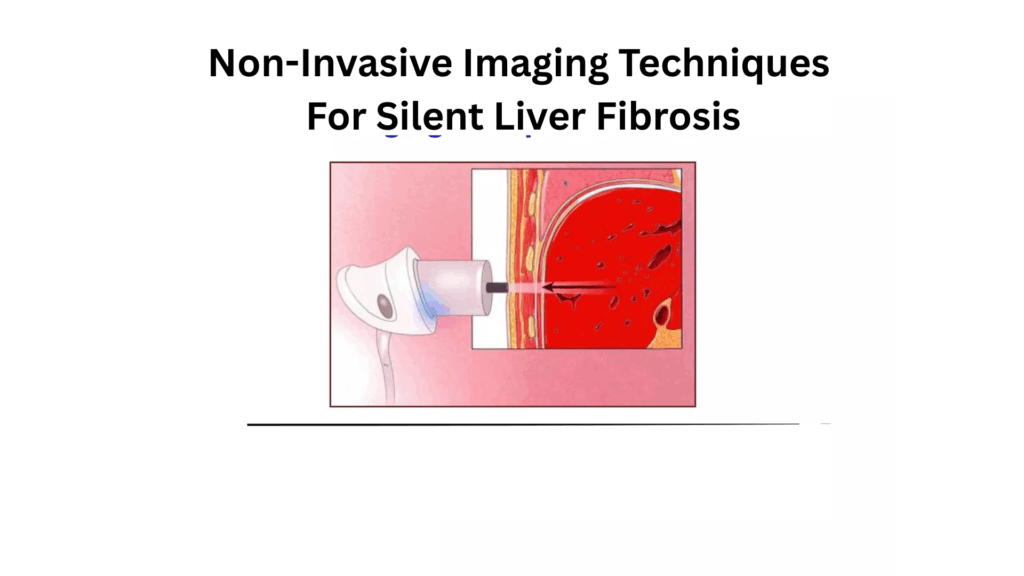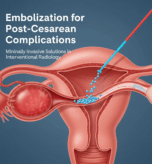Detecting Silent Liver Fibrosis Before It’s Too Late

Introduction
Silent liver fibrosis, a condition where scar tissue builds up in the liver without obvious symptoms, can quietly advance to severe liver disease before it’s diagnosed. Catching it early is critical. In this guide, we’ll explore how to identify liver fibrosis before it causes irreversible damage, using proven tools and strategies.
Why Early Detection of Liver Fibrosis Matters
Liver fibrosis can progress for years without any warning signs. In fact, you can lose up to 90% of liver function before symptoms appear. This increases your risk of cirrhosis, liver failure, and even liver cancer.
According to The Times of India, many individuals with metabolic dysfunction–associated steatotic liver disease (MASLD, formerly NAFLD) have normal liver enzymes despite significant fibrosis. That’s why early screening is essential—even when lab results seem fine.
🧬 1. Identify Who’s at Risk for Silent Liver Fibrosis
Some individuals are more likely to develop silent liver fibrosis. Identifying them early helps prioritise screening and prevention.
High-risk groups include:
- People with Type 2 Diabetes or Metabolic Syndrome
Those with MASLD often have no symptoms, yet may already have liver scarring. Diabetes and obesity are key drivers. Wikipedia. - Individuals with Obesity or Abnormal Metabolic Markers
A high BMI, elevated cholesterol, or high blood sugar levels can be warning signs of liver stress. - General Adult Population
Studies show that up to 5% of healthy adults and 18–27% of high-risk groups may have undiagnosed significant fibrosis. Lippincott Journals. - Adults Over 30
Community programs like the Madhya Pradesh liver screening initiative recommend checking adults based on BMI, waist size, and diabetes history.
🧪 2. Use Structured Screening Algorithms for Silent Liver Fibrosis
Because liver fibrosis often remains undetected despite normal test results, using layered screening tools enhances early detection in primary care.
Effective tools and programs include:
- FIB-4 Score
A simple formula using age, AST, ALT, and platelet count. A high result suggests the need for further testing. - SEAL Screening Program
By combining questionnaires, liver tests, and the APRI score, this approach significantly improved screening. As a result, it boosted early cirrhosis detection by nearly 59%. - Clinical Consensus Pathways
Tools like NFS (NAFLD Fibrosis Score), ELF panel, and FibroScan are recommended by global experts for MASLD detection.

🖥️ 3. Apply Non-Invasive Imaging Techniques For Silent Liver Fibrosis
When blood scores indicate risk, non-invasive imaging can confirm the extent of liver fibrosis—without a biopsy.
Top imaging techniques include:
FibroScan (Transient Elastography)
To begin with, this is a fast, painless method that checks liver stiffness. It is recommended by AASLD for high-risk patients.
Shear Wave Elastography (SWE)
In addition, this test uses ultrasound to provide real-time stiffness measurements, making it useful in fibrosis staging.
Magnetic Resonance Elastography (MRE)
Moreover, MRE offers detailed liver maps and is considered the most accurate non-invasive test available.
Hepatogram (MRI-based)
Finally, the hepatogram combines fat quantification and MRE to give a comprehensive liver assessment—an emerging gold standard.
🩺 4. Make Screening Part of Routine Care
To stop fibrosis before it worsens, integrate detection into everyday healthcare workflows.
- Add FIB-4 to Routine Lab Panels
Some hospitals automatically calculate FIB-4 when liver tests are ordered—triggering early referrals. - Screen All Diabetic Patients
Since over 70% of diabetics have MASLD, using FIB-4 or elastography as part of annual diabetes care is a game-changer. - Leverage Public Health Campaigns
State programs like those in India show that simple risk tools and low-cost imaging can uncover hidden disease early.
💡 5. Why Timely Detection Of Silent Liver Fibrosis Changes Lives
Catching liver fibrosis early makes a huge difference:
Fibrosis Is Reversible (At First)
To begin with, early scarring can be halted—or even reversed—with lifestyle changes and proper medical treatment.
It Cuts Future Healthcare Costs
Furthermore, early detection helps avoid late-stage complications like liver failure, which in turn reduces long-term hospital expenses.
It Lowers Cancer Risk
In addition, fibrosis increases the risk of colorectal, breast, and prostate cancers by 3–4 times. Therefore, taking early action means better prevention and improved surveillance.
🧭 6. Take Empowered Steps For Liver Fibrosis Patients
For Healthcare Providers:
- Be proactive— to start with, use FIB-4 or similar tools for all high-risk patients.
- Educate patients— moreover, make them aware of MASLD and the silent nature of fibrosis.
- Create referral pathways— finally, ensure proper follow-up for elevated risk scores or abnormal scans.
For Individuals:
If you have diabetes, obesity, or metabolic syndrome, first of all, ask your doctor for liver screening.
Next, inquire about your FIB-4 score or FibroScan eligibility to better understand your liver health.
Finally, adopt a healthy lifestyle: regular exercise, a Mediterranean diet, and weight management can slow or even reverse early fibrosis.
📚 Resources for Further Reading
Early Detection Algorithms – To begin with, learn how doctors combine blood scores and imaging for a more accurate diagnosis.
SEAL Program – In addition, clinical data show better outcomes with structured screening.
AASLD Guidance – Moreover, discover the latest recommendations for liver testing in high-risk groups.
Cancer Risk Insights – What’s more, new studies reveal fibrosis’s strong link to multiple cancers.
Public Screening Models – Finally, see how state programs in India are closing detection gaps through large-scale initiatives.
Final Thoughts
Silent liver fibrosis doesn’t have to be a silent killer. With the right tools—like FIB-4 scoring, non-invasive imaging, and structured care pathways—this condition can be detected and managed early. The key is awareness, screening, and timely action.
Let Dr Vrishit Saraswat’s team help guide you toward proactive liver care—before damage occurs.
FAQs
FAQs on Liver Fibrosis
1. How can silent liver fibrosis be detected?
Liver fibrosis can be detected using both blood tests and imaging techniques.
- Blood tests (like FibroTest or FIB-4) check for specific markers that suggest liver damage.
- Imaging tests (such as FibroScan, ultrasound elastography, or MRI elastography) measure liver stiffness, which increases with fibrosis.
In some cases, a liver biopsy may be used to confirm the diagnosis.
2. What is the most accurate test for liver fibrosis?
The liver biopsy remains the most accurate test for diagnosing liver fibrosis. It allows doctors to look directly at liver tissue under a microscope. However, because it is invasive, many doctors now prefer non-invasive imaging tests like FibroScan or MRI elastography, which are safer and give reliable results.
3. Does liver fibrosis come before cirrhosis?
Yes. Liver fibrosis is an earlier stage of liver damage that occurs when scar tissue starts to replace healthy liver tissue. If left untreated, fibrosis can progress to cirrhosis, which is more severe and often irreversible.
4. What are the early symptoms of liver fibrosis?
In the early stages, liver fibrosis usually has no clear symptoms—that’s why it is often called a “silent disease.” As it progresses, some people may notice:
- Fatigue
- Mild abdominal discomfort
- Unexplained weakness
- Slight swelling in legs or belly
Most symptoms become obvious only when the disease advances.
5. How long does it take for fatty liver to turn into fibrosis?
The timeline varies from person to person. For some, it may take several years (5–10 or more) for fatty liver disease to progress to fibrosis. Factors like alcohol use, obesity, diabetes, and genetics can make the progression faster. Early lifestyle changes—such as healthy eating, exercise, and avoiding alcohol—can slow down or even reverse the damage.






